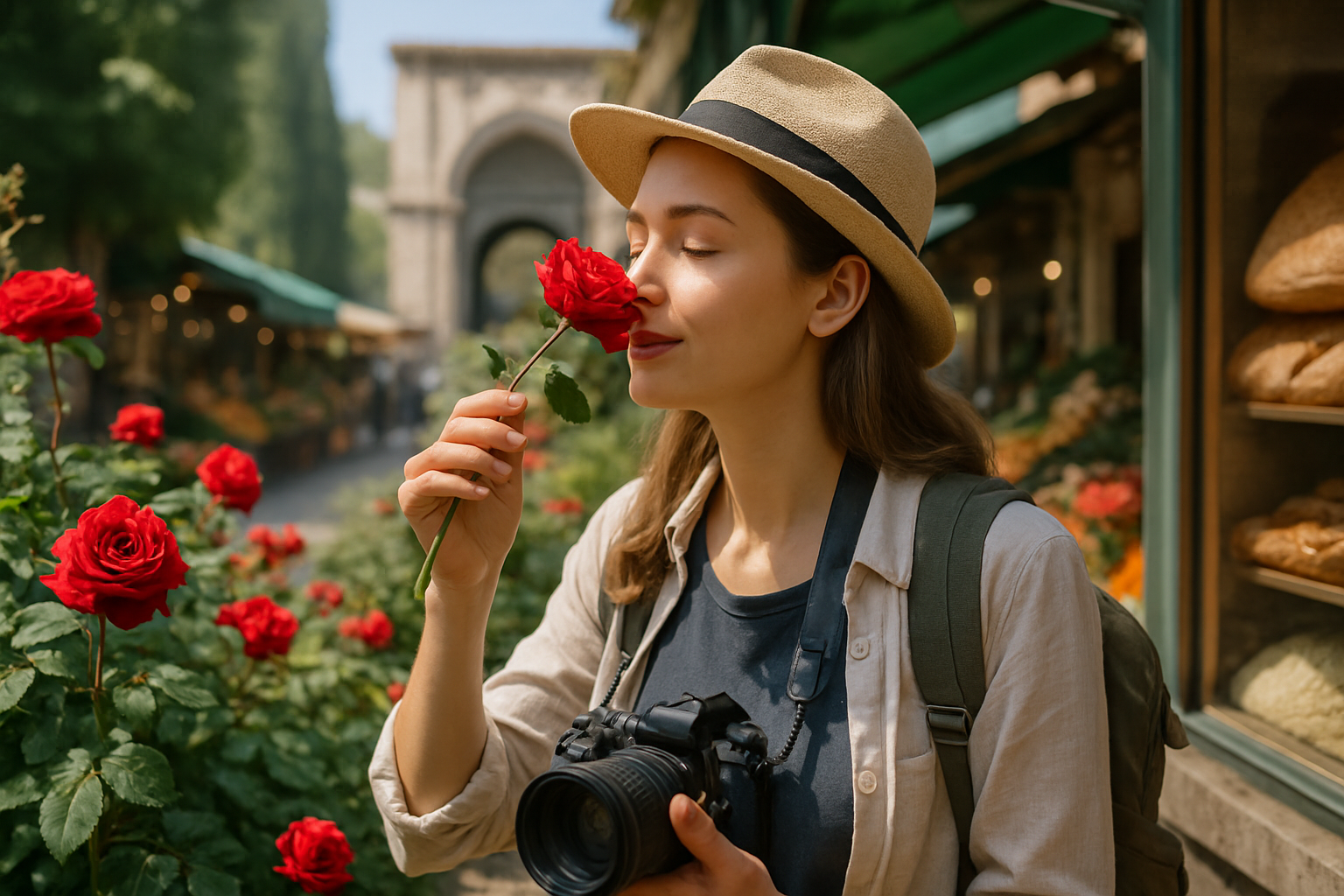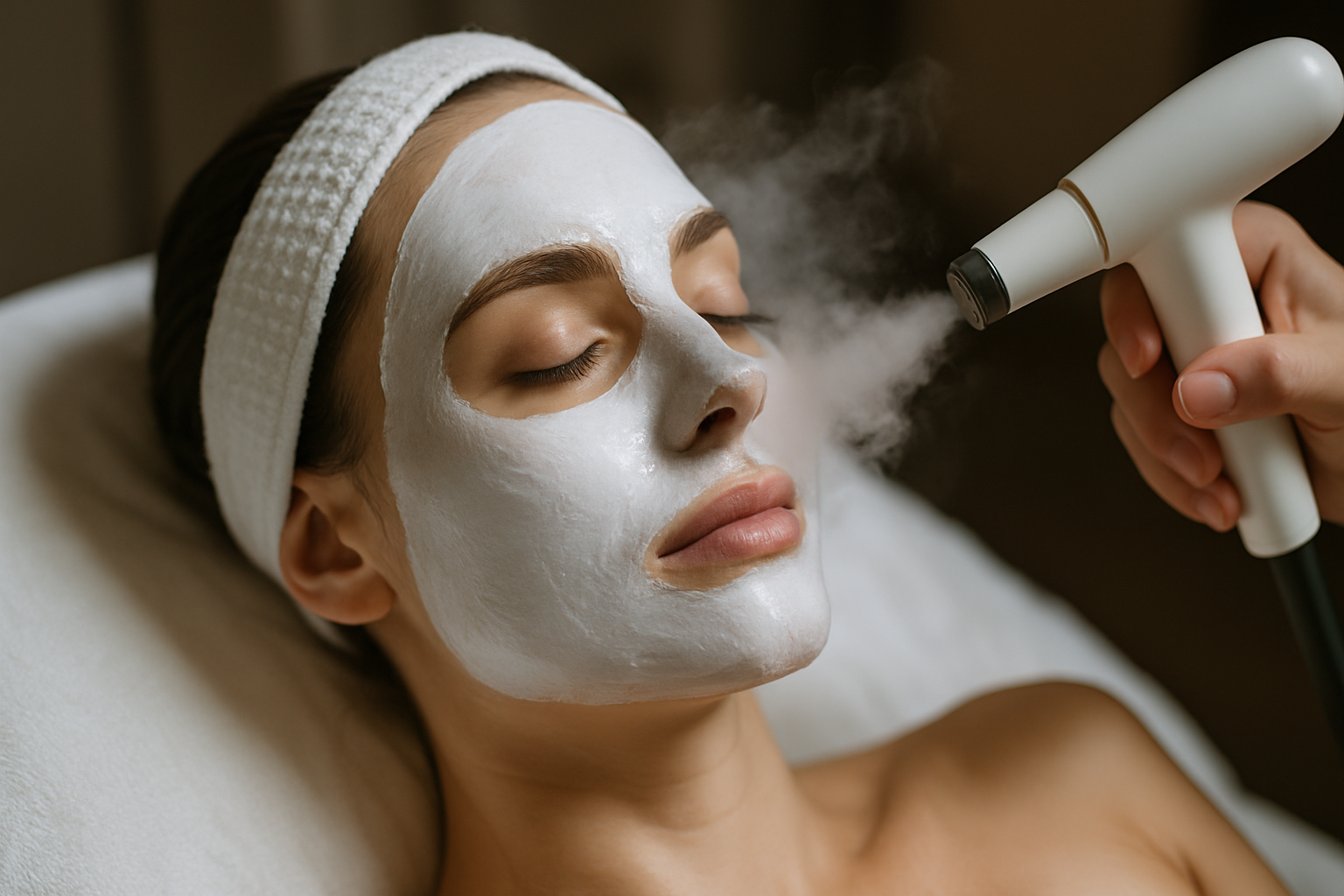Exploring the World Through Olfactory Tourism
The unmistakable aroma of fresh bread wafting from a Parisian bakery, the invigorating scent of pine in a Norwegian forest, or the heady fragrance of spices in a Moroccan souk – these are the invisible threads that weave unforgettable travel experiences. Olfactory tourism, a rising trend in the travel industry, invites adventurers to explore destinations through their sense of smell, creating profound and lasting memories that go beyond traditional sightseeing.

The Rise of Scent-Based Travel Experiences
Travel companies and destinations are increasingly recognizing the potential of olfactory experiences. From scent-themed walking tours in cities like London and Tokyo to immersive workshops in perfume capitals like Grasse, France, travelers can now embark on journeys that prioritize the sense of smell. These experiences offer a fresh perspective on familiar destinations and provide a deeper, more intimate connection to new places.
Olfactory Landmarks Around the World
Just as visual landmarks define a destination, certain locations are becoming known for their distinctive scents. The earthy aroma of petrichor in the Australian outback, the salty sea breeze of the Amalfi Coast, and the smoky essence of Islay’s whisky distilleries are all becoming olfactory landmarks in their own right. Travelers are seeking out these unique sensory experiences, adding a new dimension to their journeys.
The Role of Technology in Olfactory Tourism
Advancements in technology are playing a crucial role in the growth of olfactory tourism. Scent-capture devices and digital scent technology are making it possible to record and recreate specific odors. This innovation allows travelers to bring home more than just photographs – they can capture the essence of their journey in a bottle, creating a tangible, aromatic souvenir of their experiences.
Challenges and Considerations
While olfactory tourism offers exciting possibilities, it also presents unique challenges. Scent preferences are highly subjective and can vary greatly across cultures. Additionally, some individuals may have sensitivities or allergies to certain fragrances. As this niche grows, travel providers must consider these factors and strive to create inclusive experiences that cater to diverse preferences and needs.
Aromatic Adventures: Tips for the Olfactory Tourist
-
Pack a scent journal to record and describe the unique aromas encountered during your travels
-
Participate in local cooking classes to engage with the aromatic ingredients of regional cuisines
-
Visit markets and spice shops to immerse yourself in a symphony of scents
-
Explore botanical gardens and flower markets to experience nature’s diverse fragrances
-
Consider staying in accommodations that offer signature scents or aromatherapy options
As travelers seek more immersive and memorable experiences, olfactory tourism stands out as a compelling way to explore the world. By engaging our often-overlooked sense of smell, we can forge deeper connections with destinations, create lasting memories, and gain a richer understanding of the places we visit. As this trend continues to evolve, it promises to add an exciting new dimension to the way we perceive and remember our global adventures.





